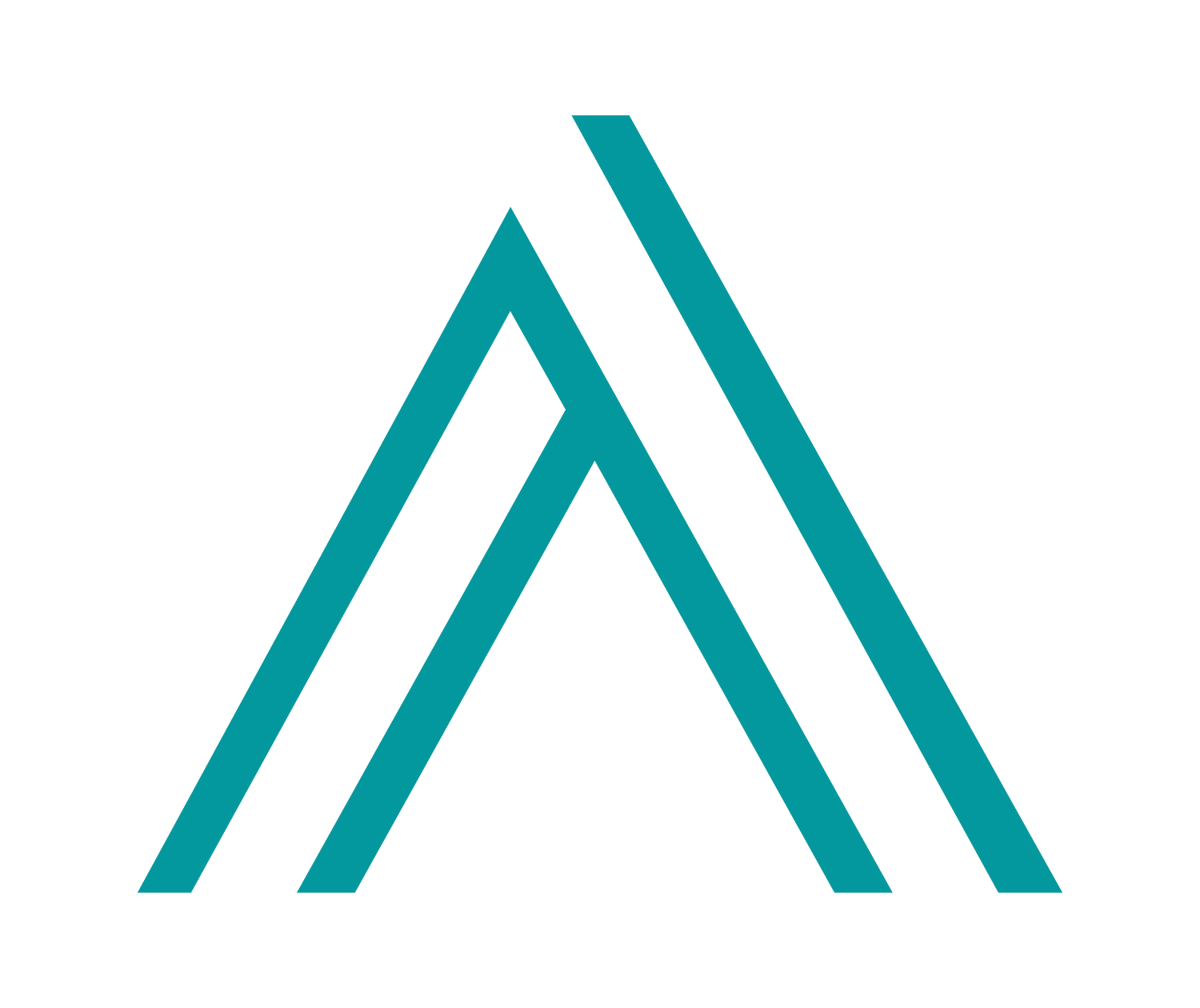Feeling Lost? How to Figure Out Your First Step as a Job Seeker in the AEC Industry
If you’re reading this because you typed something like: “I’m overwhelmed and don’t know where to start with my job search” or “How do I begin applying for architecture or design jobs?” - you’re not alone.
At Axis Career Hub, we work with hundreds of students, newcomers, and laid-off professionals every year and almost everyone starts in this same place: overwhelmed, unsure, and feeling like everyone else somehow got the memo that they missed.
The truth? No one has a roadmap. The AEC industry is not linear, not standardized, and not always intuitive. But there is a way to get grounded and move forward intentionally.
Below is a step-by-step guide based on what genuinely works for the people we mentor.
Step 1: Stop trying to figure out the entire path - just define your next 3 months
AEC careers change constantly. The fastest way to feel stuck is trying to predict your entire future.
For now, answer just three questions:
What skills do I enjoy using right now?
What type of work environment energizes me?
What would “progress” look like 90 days from now?
You're not choosing a lifetime identity - you're choosing a direction. This shift alone gives most people immediate relief.
Step 2: Get clarity on your skills, not your job title
Most job seekers think in titles: “Architectural designer… interior designer… project coordinator…”
But the hiring world thinks in skills and deliverables:
• Can you model quickly in Revit?
• Can you manage consultants?
• Can you communicate clearly with clients?
• Can you coordinate interiors packages?
• Can you take something from SD to CA?
The fastest way to find direction is to list out the skills you actually enjoy using, not the job title you think you need.
Step 3: Fix your documents before you apply to anything
This is the part most people skip. But in the AEC industry, skipping this step has real consequences.
Being detail-oriented isn’t just a personality trait here - it’s the foundation of the work you’ll be hired to do. A few typos in your resume, inconsistent formatting, unclear drawings, or a rushed layout communicate something employers notice immediately:
“This is the level of care this person will put into their drawings, their coordination, and their work on my projects.”
Your portfolio is a preview of:
• how carefully you think
• how you communicate your ideas
• how much effort you put into your work
• the level of quality a firm can expect from you
• the pride you take in what you produce
So many people apply with mistakes, messy pages, or documents slapped together just to “get something out the door.” It feels productive in the moment, but it doesn’t help. It actually makes your job search harder not easier.
Applying before your documents are aligned often leads to:
• no responses
• discouragement
• “I’m not good enough” spirals
• wasted time and energy
Once your resume, portfolio, and LinkedIn are polished and intentional, everything changes - your confidence, your narrative, and the way employers perceive you.
Step 4: Apply to fewer jobs - but better
The AEC industry does not reward volume. It rewards alignment. Instead of applying to 60 roles with generic documents, apply to 8–12 that match your skills, interests, and trajectory. Be intentional. Be selective. Tailor your application. Even small tailoring increases interview chances dramatically.
Step 5: Build confidence with one small win
We see this daily. The moment someone gets one interview, even if it’s exploratory, their energy shifts completely. Sometimes your first step is just remembering: “Oh right… I am good at this.”
That shift is the spark that fuels the rest.
When to consider booking a mentorship session
If you:
• feel lost about what roles you qualify for
• haven’t gotten interviews in a while
• don’t know how to structure your portfolio
• feel stuck, unmotivated, or discouraged
• need someone to help you think clearly
A single session usually gives enough clarity to move you out of overwhelm and into action.
And if you need more afterward, we credit your first session toward your next. We want you to build confidence - not stress about cost.
